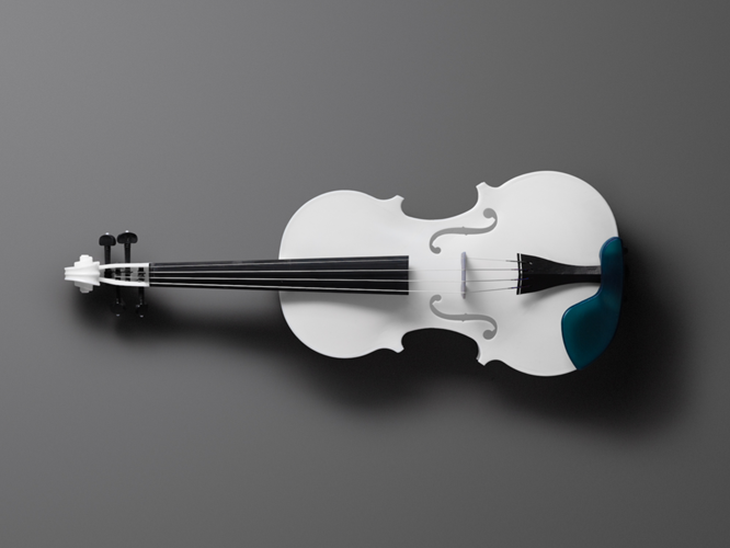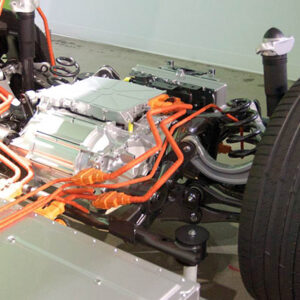
Musical instruments don’t come cheap. In fact, ask seasoned artists and they can tell you just how much they’ve invested for their craft. They say that it’s worth spending on because it’s their passion. Unfortunately, this doesn’t fit everyone’s budget.
So, what can we do for the aspiring musicians who want to hone their craft? Get one that’s 3D-printed, of course. Violinists can now get their own violin without breaking the bank because this may soon be available to them in 3D.
The Acoustical Society of America has begun 3D-printing violins in order to make these more affordable for those who want to learn how to play this beautiful instrument. Both children and adults can benefit from this.
Many might be worried about this new method of production because learning how to play music with a poorly built instrument could result to poor technique. Unfortunately, quality violins don’t also come cheap. In fact, prices may vary, but on average, expect to pay thousands of dollars for one.
But there’s also a perfect solution for this. The society’s AVIVA Young Artists Program made sure to make use of a specially engineered plastic polymer substance to accurately copy the tonal qualities of a traditionally built violin. Aside from the tone, the neck and fingerboard have also been printed in plastic to make sure that musicians can grip the violins with ease and comfort.
“There’s nothing quite like the sound of a [well-made] violin,” program director, Mary Elizabeth Brown, said in a statement. “Building such a quality string instrument takes time, perfect materials, and a lot of skill, and the best ones can cost millions of dollars,” she explained.
“Even mediocre violins can cost thousands, which puts them out of reach for most beginners and music classrooms.”
AVIVA is a program that helps young artists reimagine music education. They have helped kids from all age range when it comes to pursuing music, particularly with violins. Those who have grown accustomed to the instrument say that the sound it produces is actually darker and more mellow than the traditional violin.
“Our goals were to explore the new sound world created by using new materials, to leverage the new technology being used in other disciplines, and to make music education sustainable and accessible through the printing of more durable instruments,” Brown stated.
Violins aren’t the only instruments to be 3D-printed. According to Interesting Engineering who gives details about this, guitars and saxophones have also been replicated using this new method of production. Hopefully, more in the future can be made from 3D printers and machines.
For those who want to know more about the AVIVA Young Artists program and find out if they have one in their area and if printed violins are available, they can join the program’s mailing list. Hopefully, this new way of printing and making musical instrument will open the doors to young aspirants who were once unable to afford a violin of their own.
What are your thoughts? Please comment below and share this news!
True Activist / Report a typo


